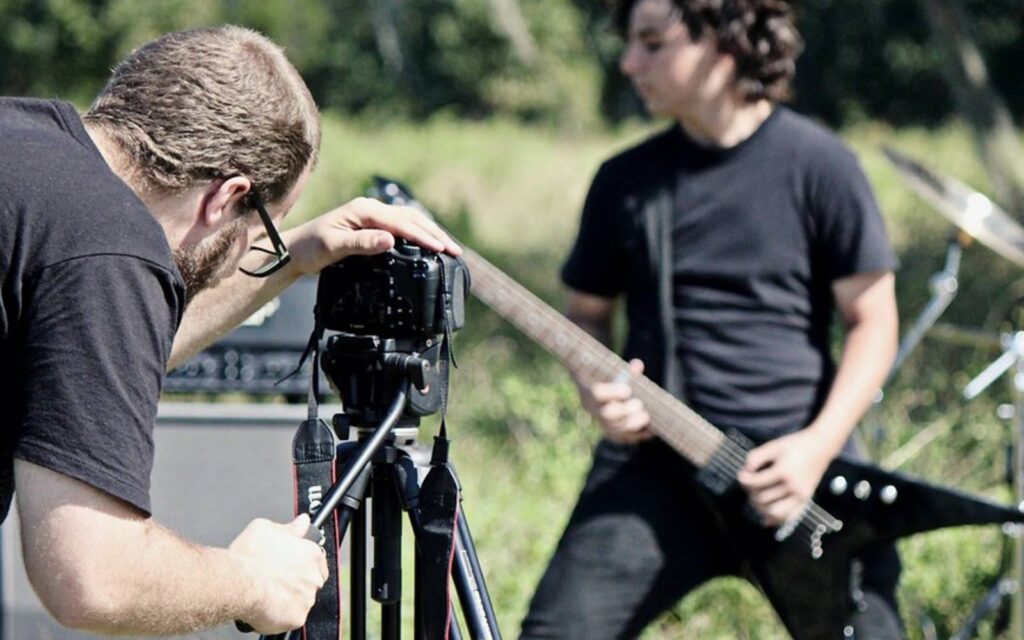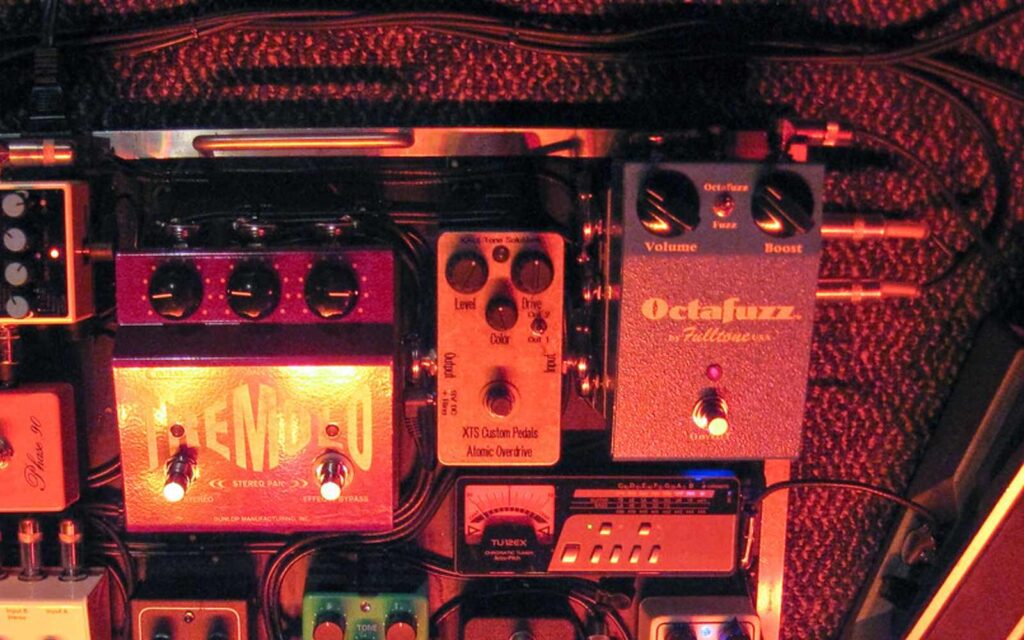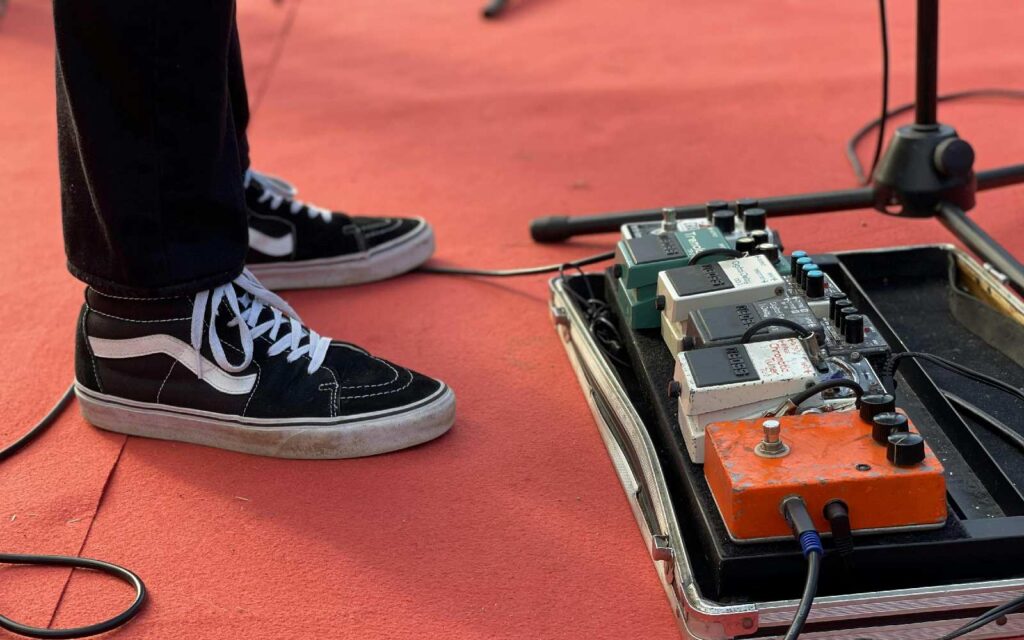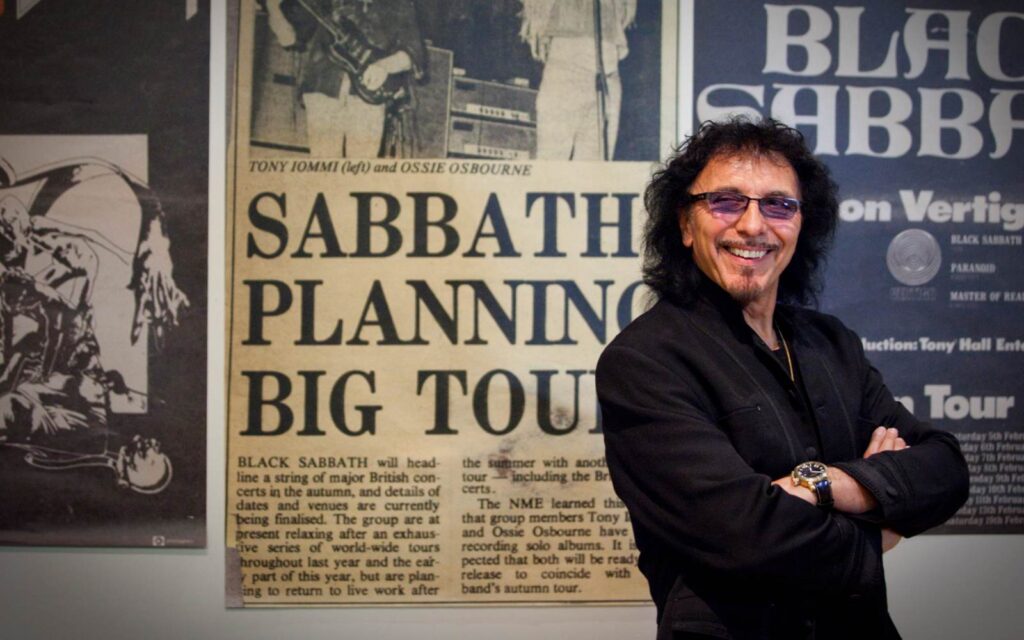I’ve mentioned this rudiment can give good mileage.
Remember the ol’ Double Paradiddle? Well, it’s a total winner and you should totally smash it out and mess around with some of the following ideas.
I’ve mentioned this rudiment can give good mileage. There’s a variety of options for how to use it and I certainly can’t give you every option here, but I do feel there’s a swag of great possibilities here including a really savage Latin groove. Let’s get into it – check out the notation down the bottom of the page to play along with each figure.
Fill Me In
The usual approach when applying a rudiment is a fill or a grove. Well, it’s a great place to start! The double paradiddle (RLRLRR LRLRLL) is a six-stroke basic sticking, which naturally reverses itself. Figure A shows us the standard double paradiddle with an accent on the start of each group of six.
The two variations of Figure A include moving the accents onto the toms and cymbals. This can be interpreted to however the player wishes but generally a great place to start is right hand accents on the floor tom and left-hand accents on the rack tom.
With the cymbals, right hand accents on ride cymbal or right-side crash and the left-hand accents on main crash. Each accent in this case would have a bass drum under the cymbal so it sounds full. An argument could be for effect cymbals (stack, splash, china etc) to be played without a bass drum. It’s your choice to what you like the sound of.
Figures B through to D show some slight accent variations but you’ll quickly notice how interesting and how groovy the fills start to sound. Figure D particularly utilises a back-beat type vibe by placing an accent on the snare, on the second group of six. This automatically makes it feel like it’s grooving along.
Each of the fills/ideas can be used in 4/4 time and played as 16th note triplets. Each of my examples are in 2/4 time so you’ll actually fit twice the amount every bar. If you are playing a shuffle groove, then these fills are also ideal. You might prefer to play as 8th note triplets if the tempo requires. Use your discretion here.
Figure E shows two slightly different interpretations that uses the hi-hat and breaks away from the right hand only playing the right side of the kit. These are some of my favourite ideas and lend themselves really well for groove situations. Worth a look. So many ideas in here.
Crossing Over
Figure F shows a slight variation on the Double Paradiddle Sticking. Figure F has the standard sticking with a unique accent pattern. This actually includes placing an accent on the second note of a double stroke (R R). This definitely takes some getting used to and needs to be practiced slowly and accurately. You can place the right hand on the ride cymbal and put the accents on the bell and non-accents on the wash to really separate the accents.
Figure G has one note different to Figure F that ultimately changes the sticking from being a true double paradiddle. The second group of six is moved to just being single strokes, thus eliminating the last double stroke in the left hand. At this point, combined with a 6/8 time signature, we have the sticking for a great Latin feel called Nanigo.
Nani-Up and Go-Go
This great feel is a staple of Cuban music and despite it being a ‘Latin’ groove, I tend to use it all the time and incorporate it into many situations. It’s not always played on a cowbell for example, but any shuffle or swung feel may encourage me to touch on elements of Naingo.
Speaking of cowbells, it’s worth having a go on one for this but if you don’t have one, a ride cymbal is great or even the rim of a tom. On the cowbell, accents are played by using the shank of the stick on the mouth of the bell and non-accents, the tip of the stick.
The technique is also great practice for playing the bell of the ride. Figure H shows the ‘hands only’ for this Nanigo groove and you’ll see non-accents or ghost notes marked with brackets. It’s imperative that these are played soft.
On the contrary, the filthy big back beat accent on the start of bar two is equally as important. The right-hand cowbell part features the same accent challenges as Figures F and G. Fun fun!
All About Dat Bass
The final step to making Nanigo groove is adding the feet. Figure I adds the hi-hat on the down beats (dotted crotchets in 6/8), while Figure J through to L begins to incorporate the bass drum in variations. There are many options for the bass drum. Figure J is pretty traditional but it’s really interesting to experiment with it.
Overall, I really hope this rudiment gives you some spark to explore some more. It was literally a couple of weeks ago that I revisited the Double Paradiddle and it not only got me excited about it again but also provided some great lessons for the students. Have fun!
Never miss a story – sign up to our newsletter for all the latest news, reviews, features and giveaways.







